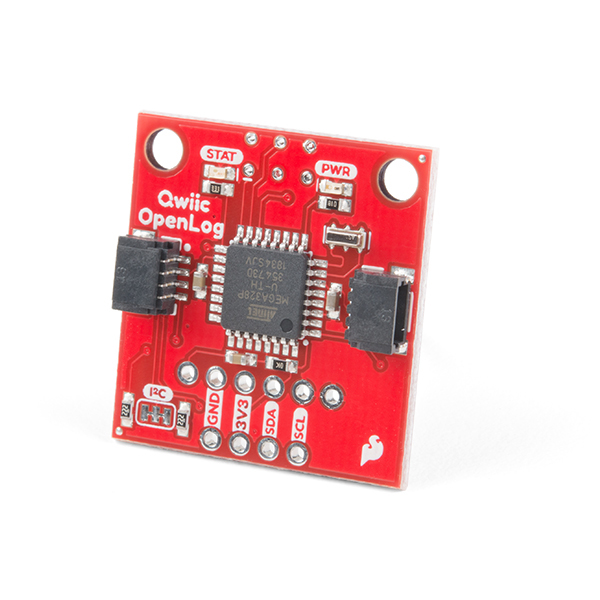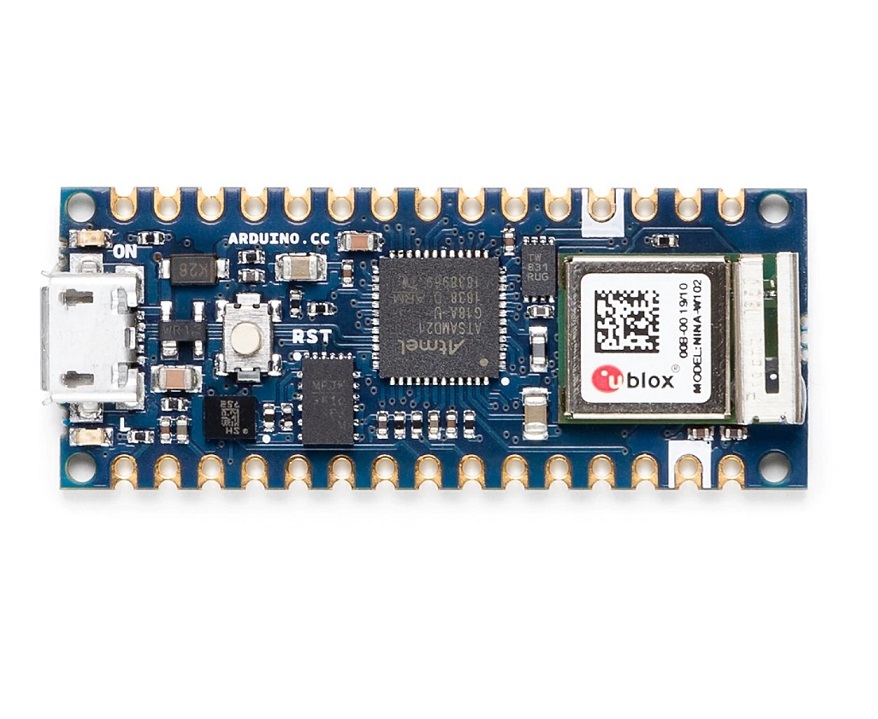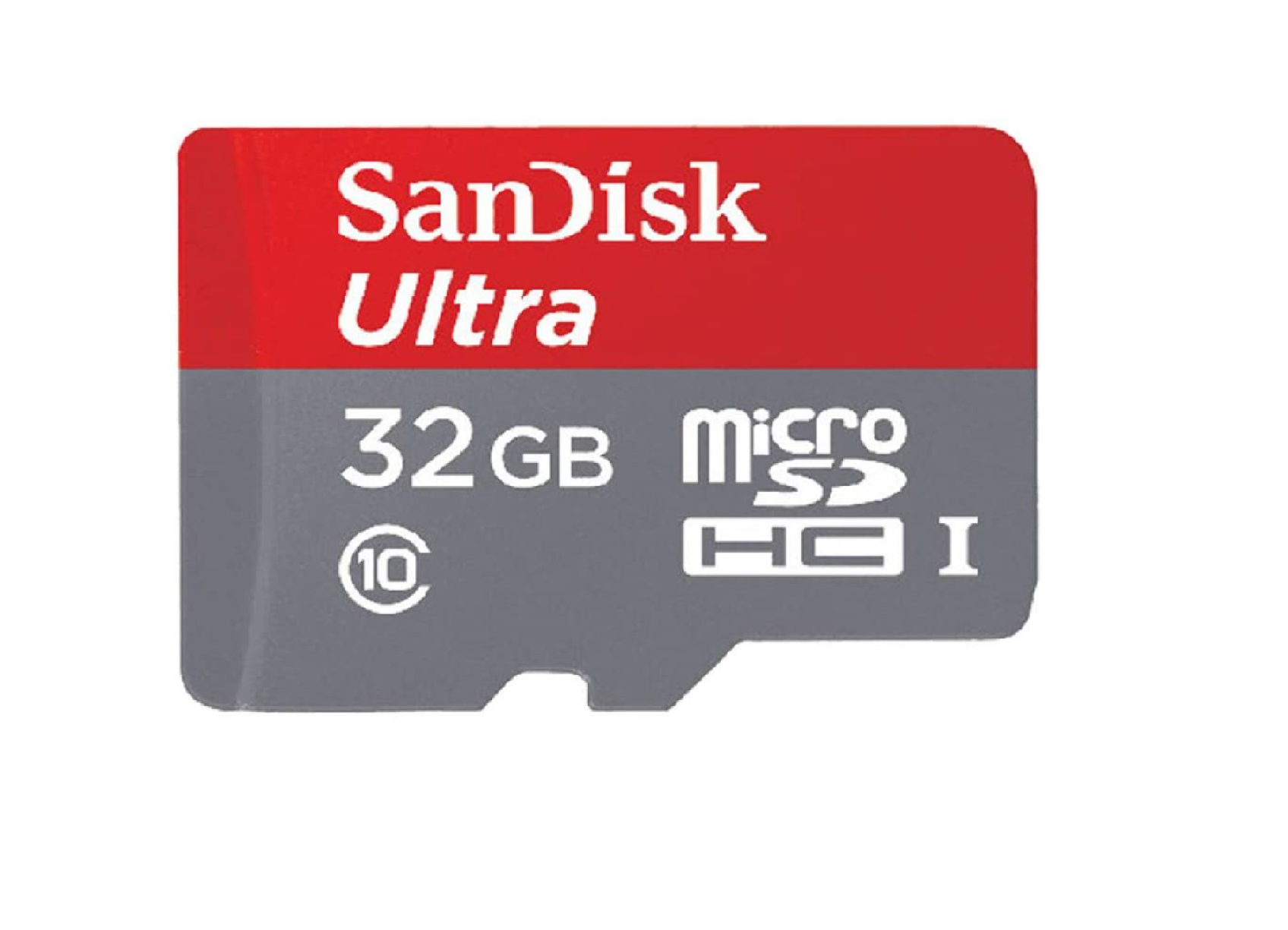
Dr. Kyle Winfree
Associate Director of Undergraduate Programs at Northern Arizona University, Associate Professor, School of Informatics, Computing, and Cyber Systems. College of Engineering, Informatics, and Applied Sciences

Dr. Chun-Hsing Ho
Assistant Professor in the Department of Civil Engineering, Construction Management, and Environmental Engineering at Northern Arizona University
Potential Benefits and Applications
The Instrumented Bike system will be used by NAU faculty and students to detect, record, and analyze bike trail anomalies. When the system is mounted on a bike (such as NAU rental bikes), it will detect any bike trail anamoly that the bike passes through and it will save the location and severity of the trail anamoly to the SD card. Then, the Operations and Maintenance staff can easily use the recorded data to find and fix the damages.
Requirements Specification
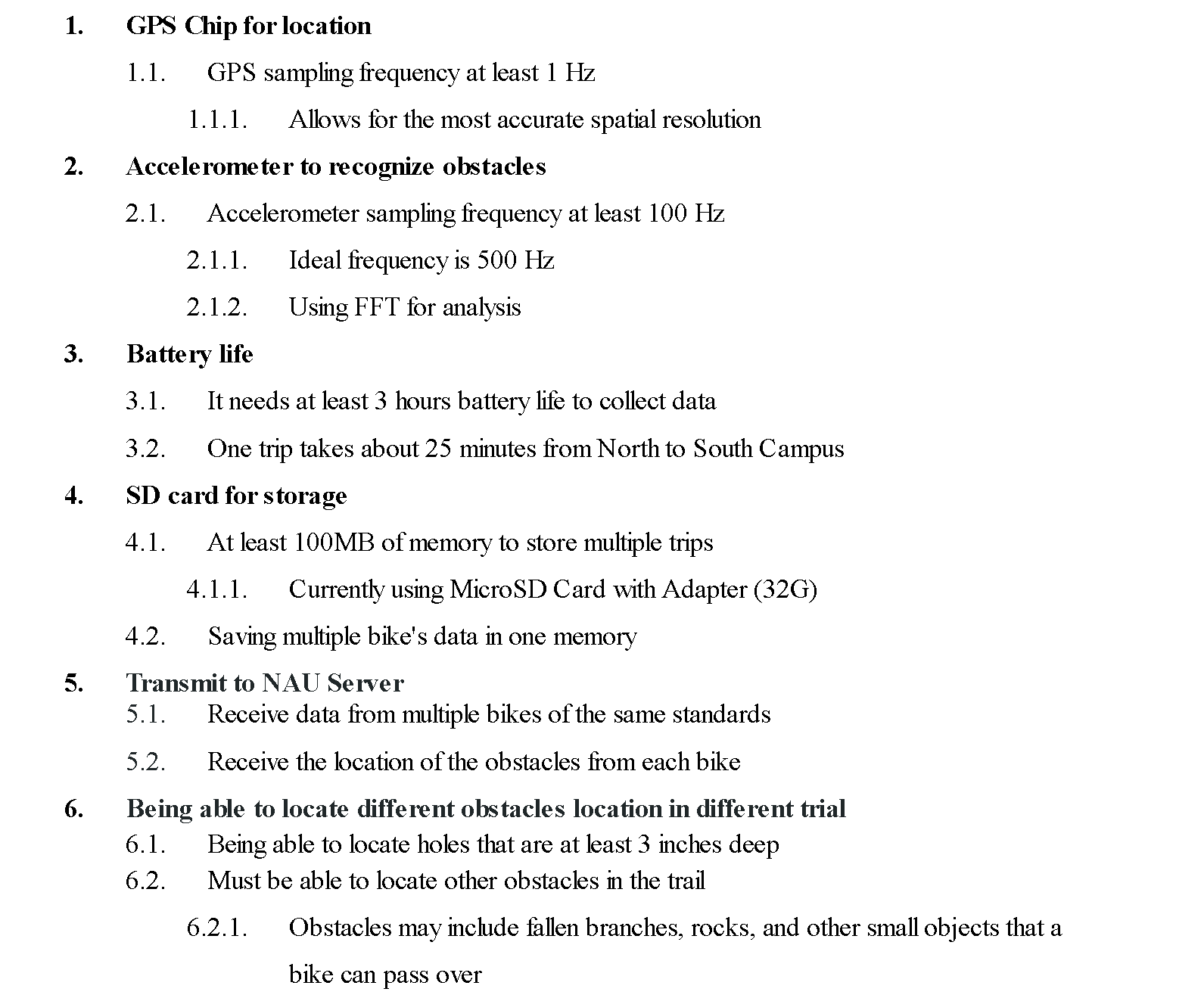
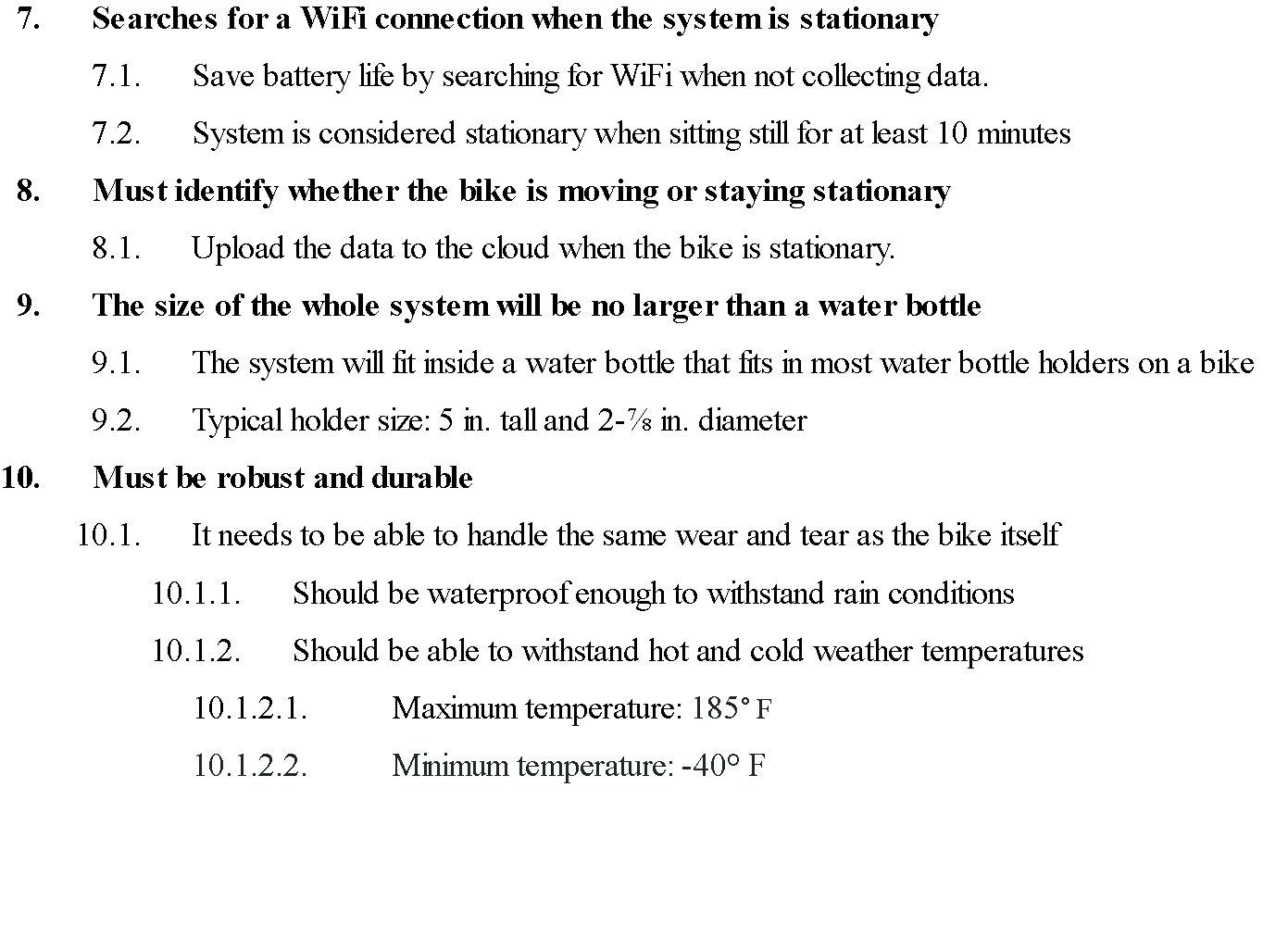
Project Design
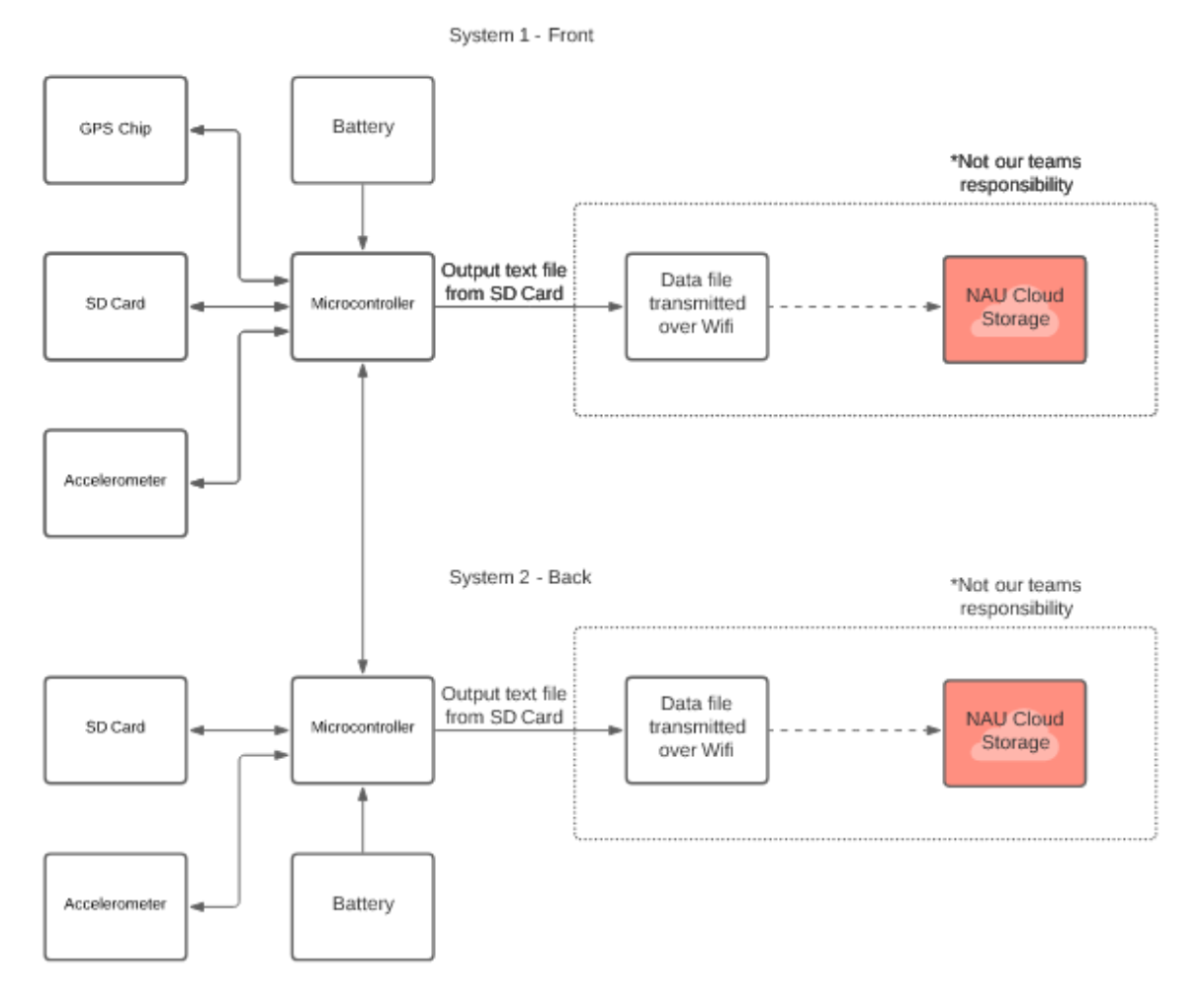
The project revolves around two systems, one in the front and one in the back of the bike, and each system has its own rechargeable 3.7V battery. Since the two systems share similar coordinates, adding another GPS chip to the second system is unnecessary. The microcontroller saves the data collected from the GPS and accelerometer chips to the SD card before uploading the data to the NAU servers.
Hardware
-
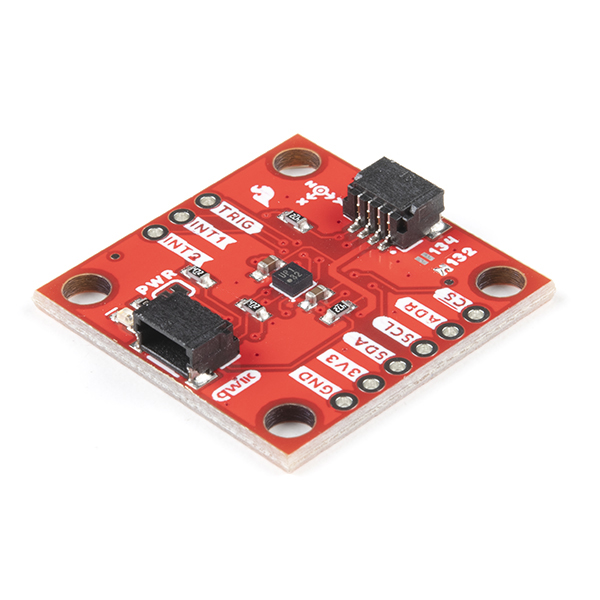
Accelerometer Chip
SparkFun Triple Axis Accelerometer Breakout - KX132 (Qwiic)
-
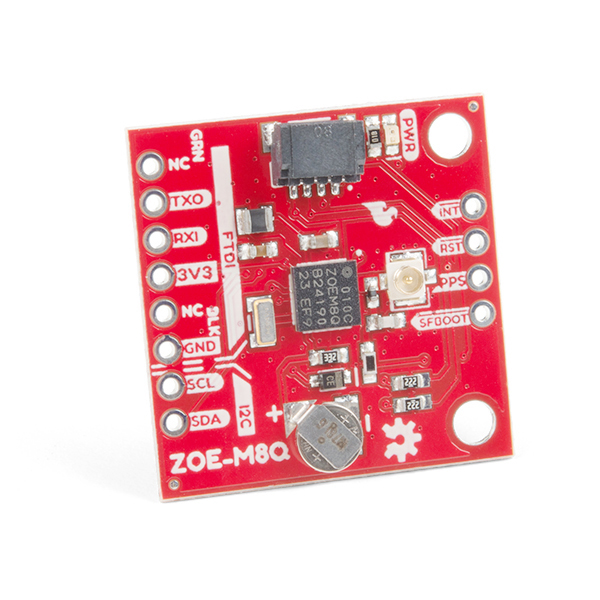
GPS Chip
SparkFun GPS Breakout - ZOE-M8Q (Qwiic)
